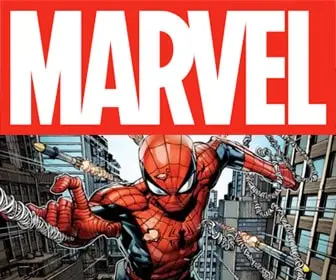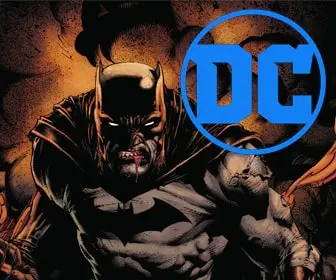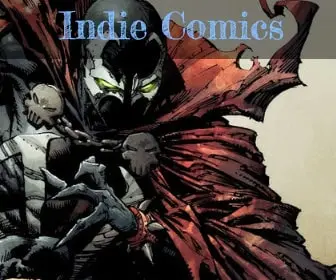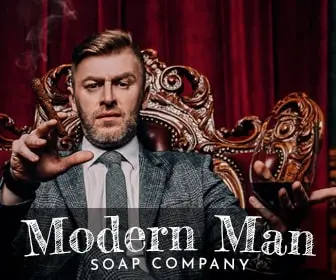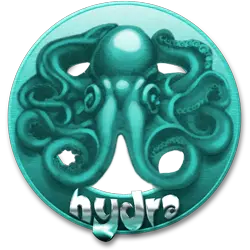
Golden Age vs. Modern Wonder Woman
Wonder Woman has been a symbol of strength, justice, and empowerment since her first appearance in 1941. Over the years, she has changed in many ways, from her costume to her personality and even her powers. The Golden Age Wonder Woman and the Modern Age Wonder Woman both represent heroism, but they differ in how they are written and portrayed.
Golden Age Wonder Woman (1941-1950s)
The Golden Age of comics introduced Wonder Woman in All-Star Comics #8 (1941), created by William Moulton Marston. She stood out from other heroes because she was one of the first female superheroes.
Origin and Powers
Golden Age Wonder Woman came from Paradise Island, a place full of strong and wise Amazonian women. She was sculpted from clay by Queen Hippolyta and brought to life by the gods. She gained super strength, speed, and agility. She could also talk to animals and was skilled in hand-to-hand combat.
Her most famous weapons included:
- The Lasso of Truth, which forced anyone caught in it to tell the truth.
- Bulletproof Bracelets, which could block bullets and attacks.
- An Invisible Plane, which she used to travel.
Personality and Role
Golden Age Wonder Woman was kind, intelligent, and full of optimism. She believed in love and peace, but she was also a fierce warrior. She often fought against Nazis during World War II, helping the Allied forces.
One of the most unique parts of her early stories was her belief in reforming criminals. Instead of just fighting villains, she tried to help them become better people. This showed her compassion and strong sense of justice.
Weaknesses
Golden Age Wonder Woman had one unusual weakness. If a man tied her hands together, she would lose her powers. This was later removed from her character, as it did not fit with her message of female strength.
Modern Age Wonder Woman (1980s-Present)
The Modern Age of comics brought changes to Wonder Woman’s story and personality. Writers like George Pérez, Greg Rucka, and Brian Azzarello helped redefine her for new generations.
Origin and Powers
Modern Wonder Woman’s origin has been rewritten many times, but some key changes stand out:
- Instead of being made from clay, she is now the daughter of Zeus and Hippolyta.
- She is still an Amazon but now has a stronger connection to Greek mythology.
- She sometimes serves as the Goddess of War, gaining more divine powers.
Her abilities have also increased. She is now one of the strongest heroes in the DC Universe. She can fly without an invisible jet, heal quickly, and fight gods and monsters with ease.
Personality and Role
Modern Wonder Woman is more of a warrior than before. While she still values peace, she is willing to use force when needed. She often leads battles and is seen as an equal to Superman and Batman in the Justice League.
She has also become a bigger feminist icon. Her stories focus on themes of strength, equality, and leadership. Writers have made her more complex, showing both her struggles and her victories.
Changes to Her Weaknesses
Modern Wonder Woman does not have the same weaknesses as her Golden Age version. She is no longer powerless when tied up, and she can withstand most attacks. However, she still has emotional struggles, especially when dealing with gods, war, and human conflicts.
Key Differences
| Feature | Golden Age Wonder Woman | Modern Age Wonder Woman |
|---|---|---|
| Origin | Made from clay, blessed by gods | Daughter of Zeus and Hippolyta |
| Personality | Optimistic, kind, focused on reform | Fierce warrior, leader, strategist |
| Weapons | Lasso, bracelets, invisible plane | Lasso, bracelets, sword, shield |
| Weakness | Lost power when tied by a man | No major physical weakness |
| Role | Fought Nazis, focused on peace | Leads battles, fights gods and monsters |
Which Version is Better?
Both versions of Wonder Woman are important. The Golden Age version helped introduce a strong female hero in a time when comics were mostly about male superheroes. She showed that women could be both kind and powerful.
Modern Wonder Woman builds on that legacy, making her even stronger and more complex. She has become one of the most powerful heroes in comics and stands for justice in a changing world.
No matter the version, Wonder Woman continues to inspire fans. She proves that heroes can be both warriors and peacemakers, and that strength comes in many forms.








